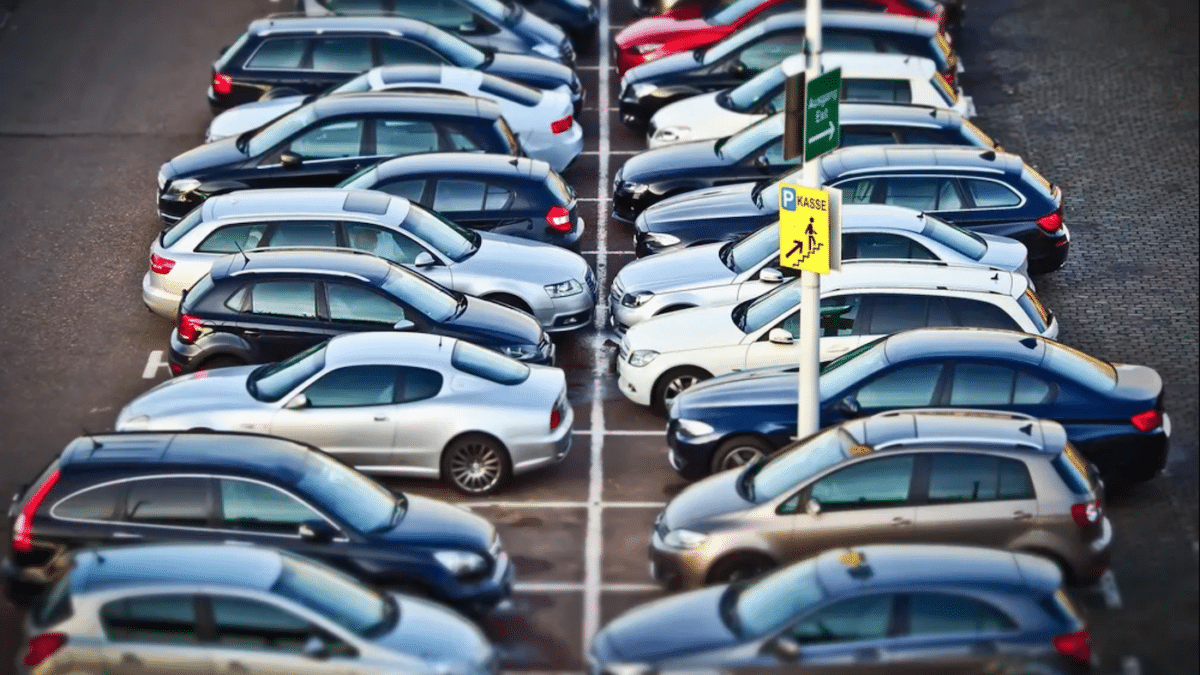Reverse parking has become something of a status symbol among certain drivers, who seem to think it makes them look more skilled. But in reality, backing into parking spaces creates far more issues than it solves in most everyday situations.

Consider the physics of the maneuver. When you back in, your front wheels – the ones that steer – are positioned where you can’t use them effectively. This makes fine adjustments much harder. That’s why you often see reverse parkers jockeying back and forth multiple times before getting positioned correctly.
Safety is another major concern. Studies show that nearly 1 in 4 parking lot accidents occur during backing maneuvers. Even with modern safety tech like rear cameras and sensors, these systems can miss small objects or fast-moving pedestrians. When you pull in forward, you maintain better visibility of the entire area around your vehicle.

There’s also the practical reality that many parking spaces simply aren’t designed for reverse parking. Compact spaces, angled spots, and tight lots make the maneuver unnecessarily difficult. In some cities, it’s actually illegal to back into certain types of parking spaces for these exact reasons.
Unless you have a specific need to park in reverse (like certain work vehicles), you’ll save time and reduce risk by simply pulling straight into spots like most drivers do.


